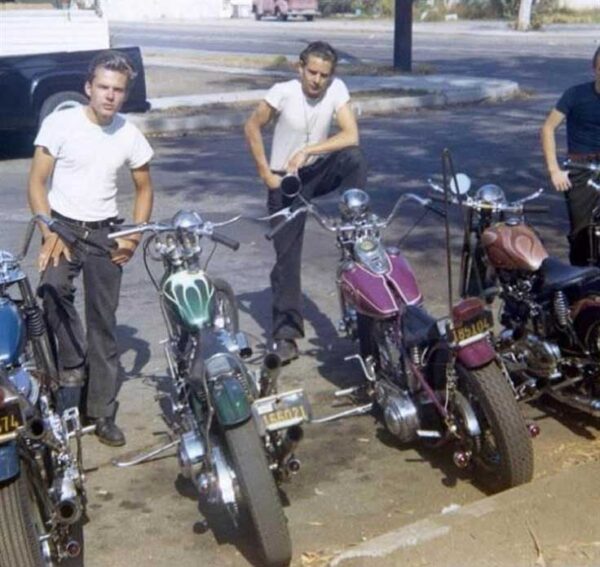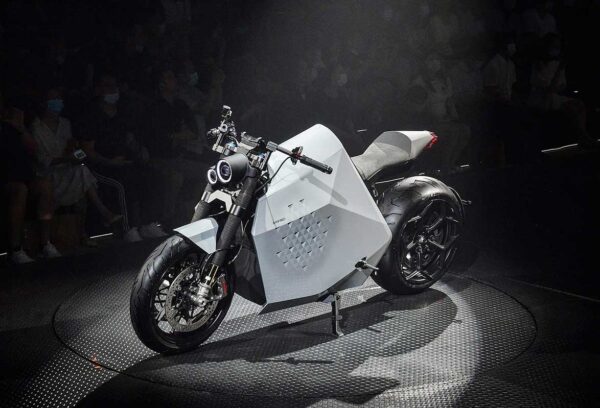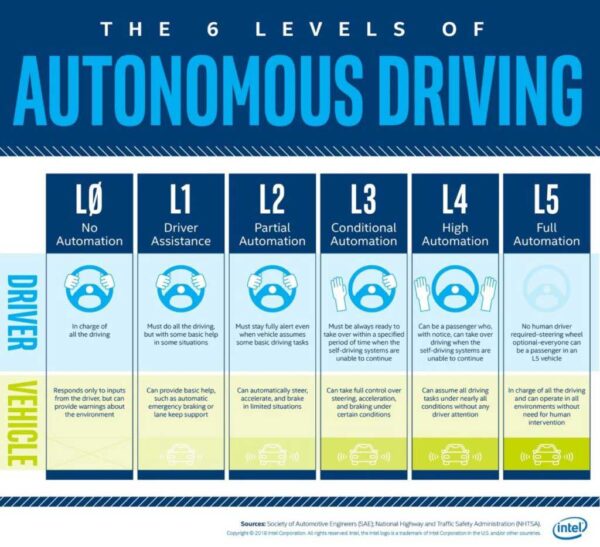Is the Highway Bill Moving Forward?
On September 30th, numerous highway funding programs will expire unless Congress acts. Currently, there are two separate and dramatically different highway bills in Congress. These bills go by many different names but are often referred to as infrastructure bills by the news media. The first bill, passed by the House of Representatives in June with a price tag of $750 billion dollars includes six priorities of the MRF. Continued ban on NHTSA lobbying in the states 32% Increase of Motorcycle Safety Training Funds Reestablishment of the Motorcyclist Advisory Council at the Department of Transportation Increased restrictions on motorcycle only check points and the profiling of bikers Inclusion of the types of vehicles stopped to federally collected data on traffic stops Inclusion of the ability to detect and respond to motorcycles as a requirement of autonomous vehicle studies The Senate bill passed in August, with a cost of 1.2 trillion includes just three of those priorities. Continued ban on NHTSA lobbying in the states 32% Increase of Motorcycle Safety Training Funds Reestablishment of the Motorcyclist Advisory Council at the Department of Transportation There are four potential outcomes. First, the Senate can pass the House bill. This is unlikely as Senators have been forceful in their desire to take the lead on infrastructure. Second, the two chambers can merge their bills together, finding common ground. This too is unlikely as it is time consuming, and the deadline is fast approaching. Third, the House can vote on the Senate bill. Speaker Pelosi has scheduled a vote for next week to try this path. However, members of her party have voiced their concerns over moving this piece of legislation until they get a larger 3.5 trillion-dollar bill focused on what many are calling “human infrastructure.” If that vote fails the fourth option comes into […]
Is the Highway Bill Moving Forward? Read More »







